And we continue with you, our dear reader, to get acquainted with the achievements of world science made by Muslim scientists of the Islamic Golden Age, who stood at the origins of the scientific revolution and gave us not only the world around us but also shared their knowledge, cured diseases and made life easier.
It is not a secret that Islam requires Muslims to learn from their birth up to their death. That is the very reason why followers of Prophet Muhammad (may peace and blessings of Allah be upon him) are so eager for knowledge. Once a messenger of the Creator (may peace and blessings of Allah be upon him) said: “Seek knowledge even if you have to go as far as China”.
Many caliphs, rulers of Islamic countries, supported scholars and encouraged them to invent and research. That was the reason of boom in scientific sphere of the Islamic world, which later became known as “Islamic Golden Age” that lasted from the VIII to the XIII centuries.
In the Middle Ages, Baghdad was the center of education. Treatises and inventions that emerged in Baghdad had been influenced the Western world, its science, culture and history for centuries. In our selection we have tried to mention not only scholars of the Islamic Golden Age but we also have touched upon modern leading Muslim scientists, whose achievements have changed our world.
Ali Javan
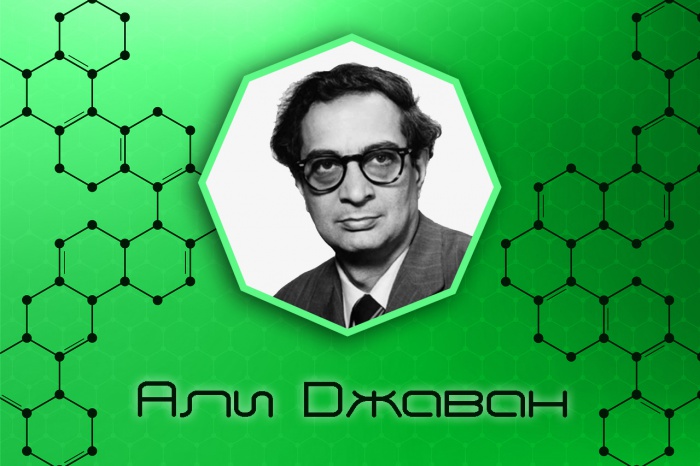
He was an inventor and physicist of Massachusetts Institute of Technology from Iran. Mr. Javan was ranked Number 12 on The Daily Telegraph’s list of the “Top 100 Living Geniuses”. He contributed to the fields of quantum physics and spectroscopy.
The inventions: in collaboration with some other scientists he invented the gas laser in 1960.
Aziz Sancar

Nobel Laureate. He is one more Muslim Nobel Laureate from Turkey, who was awarded the Nobel Prize in 2015 for his studies of DNA repair. Only three Muslim scientists have ever received the Nobel Prize.
Ibn al-Baitar
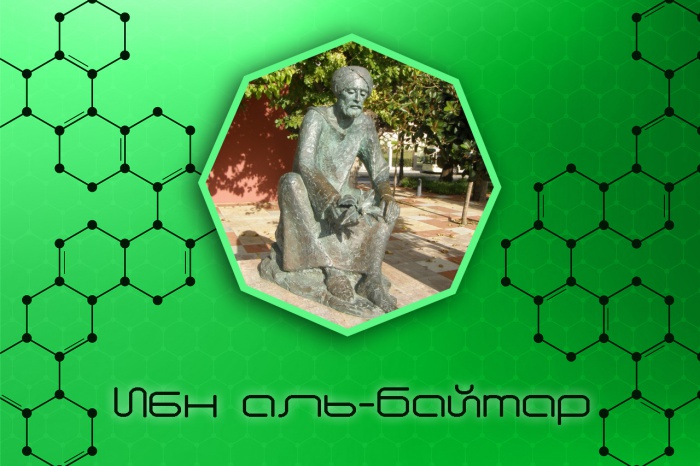
In the old days, production of medicine significantly depended on herbs and plants. However, in the Islamic Golden Age many Muslim botanists invented new kinds of medicine. The most famous botanist among them was Ibn al-Baitar. His work in the field of medicine was recognized by the general public and continued for many years, even after his death.
One of his famous texts, which was widely used, was Compendium on Simple Medicaments and Foods. In this pharmaceutical encyclopedia al-Baitar listed 1400 plants, herbs and foods. 200 from the 1400 plants were discovered by him and he gave recommendations for their use in medicine.
In 1224 A.D. he was appointed chief herbalist in Damascus. The scientist died in Damascus in 1248 at the age of 51.
Ibn al-Nafis
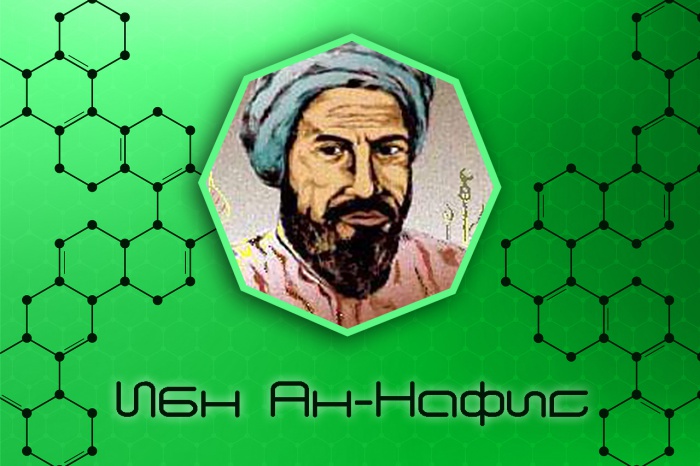
Ibn al-Nafis was a doctor and physician of the Islamic Golden Age. He was born in Damascus, Syria, in 1213 A.D. He is famous for his work on blood circulation. He was the first to describe the pulmonary circulation. In his works, Al-Nafis had described the right sided circulation of blood, while William Harvey wrote about it in his book “De Motu Cordis” 400 years later.
Abu al-Wafa Buzjani
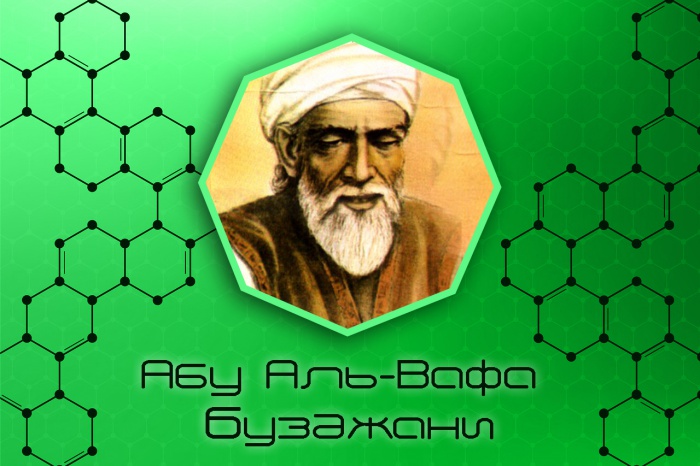
Abu al-Wafa was a Persian mathematician and astronomer of the Middle Ages. He was born in 940 A.D. in Buzhgan, Iran. His works on trigonometry and arithmetic opened the gates of knowledge for scientists of the Middle Ages. It is worth mentioning that many famous Muslim scholars were Persians by origin.
Abu al-Wafa made a contribution to trigonometry by introducing the secant and cosecant functions. In addition to it, Abu al-Wafa was the first to build and use a wall quadrant to observe the sky. In this connection, one of the Moon craters was named after him. And Google changed its doodle in 2015 in order to honor Abu al-Wafa.
The inventions:
He introduced secant and cosecant functions;
Compiled the tables of sines and tangents at 15’ intervals;
Created an astronomical device.
The Banu Musa brothers
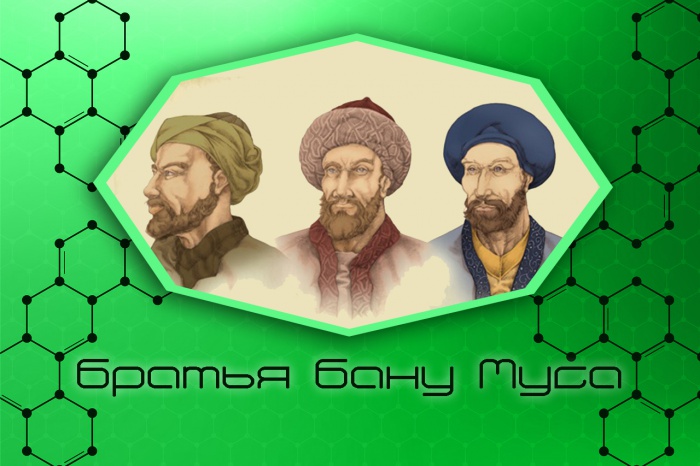
Banu Musa is not one person but a group of three brothers – Abu Jafar, Abu al-Qasim and Ahmad. Their works on mathematics and mechanics were often quoted by scientists of that time. Their treatise on mathematics (the Book on the Measurement of Plane and Spherical Figures) gave numerical values of area and volume. Their famous treatise on mechanics consists of 100 mechanical devices. While in astronomy they measured the length of a year to be 365 days and 6 hours.
The inventions:
They gave volume and area number values;
100 mechanical devices;
Measured the length of a year.
Abdus Salam
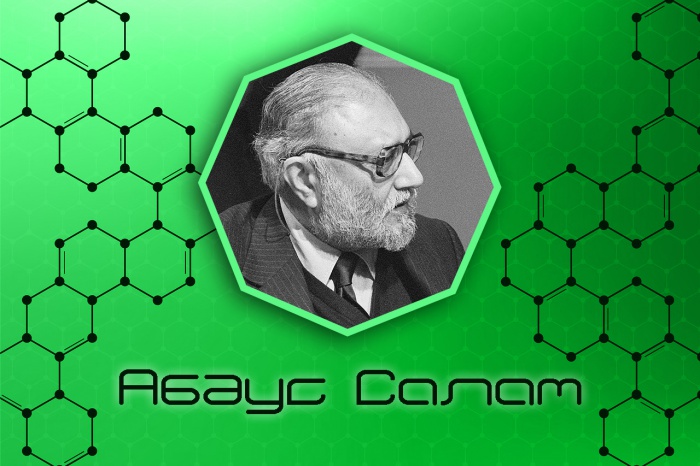
Abdus Salam, a famous theoretical physicist from Pakistan, was born in 1929. His works on theoretical and particle physics have been still studied and valued in scientific circles. He was awarded the Nobel Prize for his contribution to the electroweak unification theory. He was the first Pakistani and the first Muslim to receive the Nobel Prize in Science.
Nasir al-Din al-Tusi
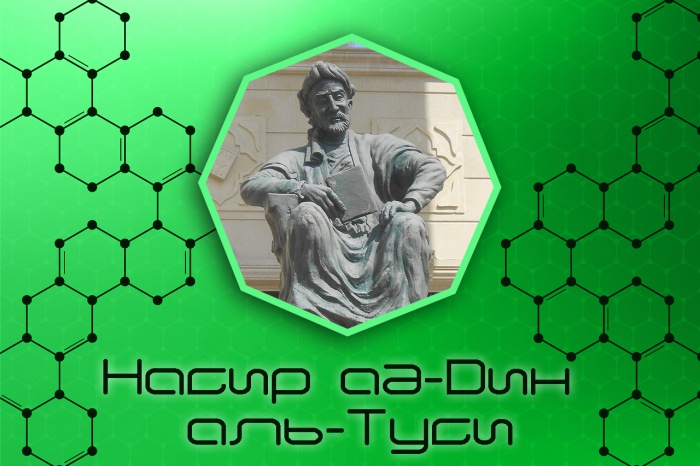
Like many other Muslim scientists from our list, al-Tusi made an invaluable contribution to many sciences: mathematics, physics, astronomy and philosophy. Al-Tusi was born in Tus, modern Iran, in 1201 A.D. He was among scientists, who were kidnapped by agents of Hasan bin Sabakh. When the Mongols conquered Alamut (Hasan fortress), al-Tusi joined the reign of Halagu Khan, where he was appointed a Minister.
He contributed to astronomical sciences by developing his own table – al-Zij-Iikhani. That table was followed by many astronomers up to the XV century.
Al-Battani
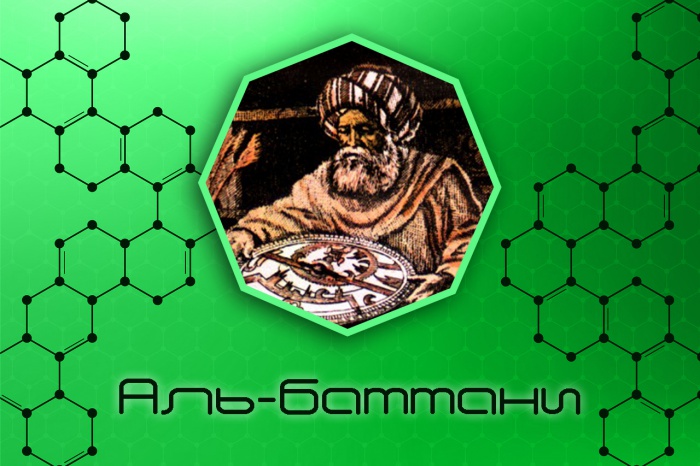
He was one of the few Muslim scientists and astronomers of the Islamic Golden Age, who were represented to many European scholars of the Middle Ages. Al-Battani was born in 858 A.D. in the city of Harran, Turkey. He was a famous mathematician and astronomer. In his treatise on astronomy “Kitab az-Zij” he determined the year as being 365 days, 5 hours, 46 minutes and 24 seconds (and, by the way, this is exactly 99%). The work on the use of sines and tangents (trigonometry) in calculation gained great popularity among his works.
The inventions:
He catalogued 489 stars;
Specified the value of the solar year, which is still 99% accurate.
Ahmed Zewail
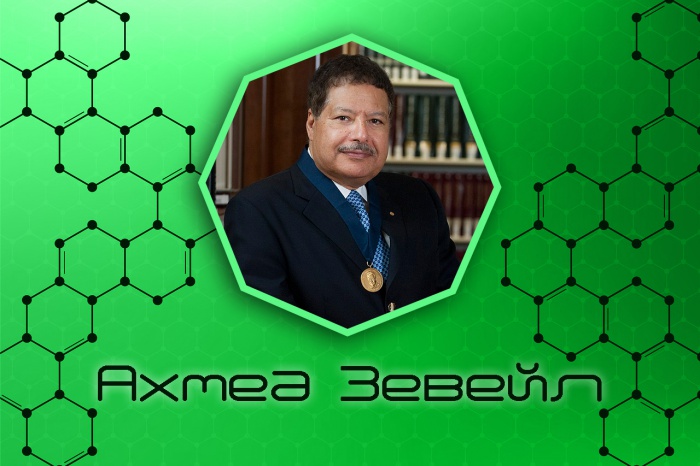
He was the first Egyptian to win a Science Nobel Prize. Zewail discovered and introduced “femtochemistry”. He is called the “father of femtochemistry”.
The inventions:
Femtochemistry, a branch of chemistry, was discovered.
Omar Khayyam
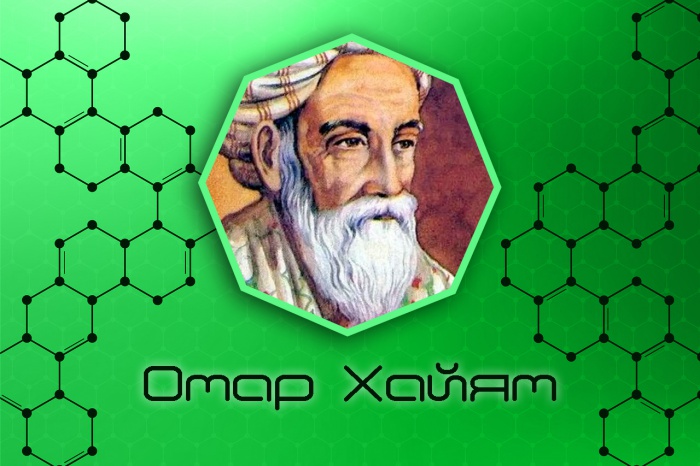
Omar Khayyam was a Muslim scientist, mathematician, astronomer and poet of the Middle Ages. He was born in 1048 in Nishapur, Iran. He classified and solved the cubic equation. His method was significantly based on geometric solution. Khayyam recognized 13 forms of the cubic equation and solved them with the help of the same geometric method. He was commissioned by Sultan Malik-Shakh Jalal al-Din to reform the solar calendar. Later Omar Khayyam even successfully combined the calendar, which turned out to be even more accurate than the Gregorian one.
The inventions:
He was the first in the world to classify and solve the cubic equation;
Solar calendar, one of the most accurate.
Al-Kindi
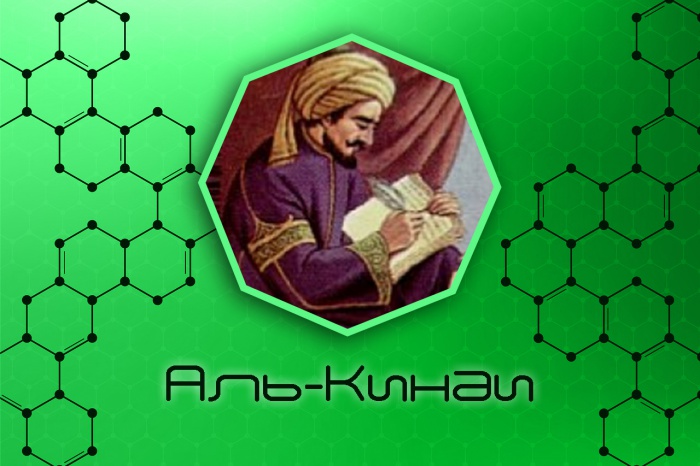
You know that the majority of people are not able to read 200 books in their entire life, and al-Kindi wrote about 260 works on different sciences. His books significantly influenced the work of prominent scientists and mathematicians, such as Roger Bacon and al-Khwarismi.
Yaqub ibn Isha al-Kindi was born in Kufa, Iraq, in 801 A.D. Al-Kindi was a real genius, because he was an expert in several subjects, such as physics, mathematics, astronomy, geography, music and especially philosophy. His philosophy gave rise to a new wave of knowledge throughout the Middle East, which gave him the title of "the father of Arab philosophy".
In addition to it, in chemistry he was an opponent of the concept that base metals could be transformed into gold, given by alchemists. In mathematics he laid the foundations of the numeral system, having written 4 books on numerals. Italian scholar Geralomo Cardano wrote about him: “Al-Kindi is one of the twelve greatest minds of the Middle Ages”.
The inventions:
He was the first to discover sound waves.
Al-Biruni
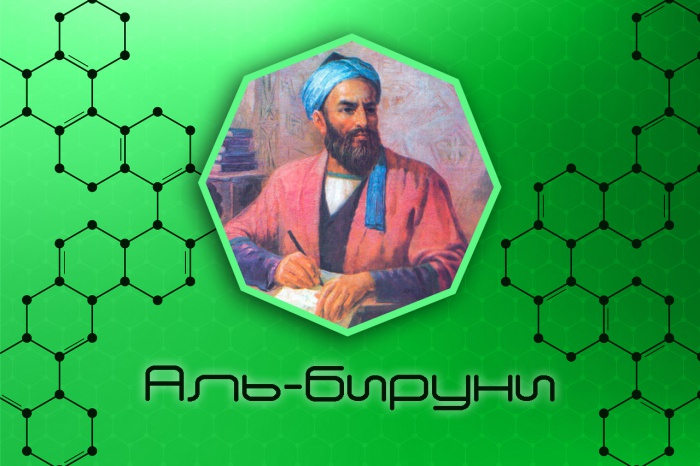
Al-Biruni was born in Khwarezm, modern-day western Uzbekistan and northern Turkmenistan. The village where he was born is called after him – Birun. He was a Muslim scientist, mathematician, physicist, astronomer and naturalist. Despite his early age, he was a passionate student and learned from famous mathematician Abu Nasr Mansur. At the age of 17 he calculated the latitude of his village. Besides, in his book “al-Athar al-Baqiyah” he measured the latitude and longitude of many places, which later on turned out to be true in practical calculations.
During his trip to India with Sultan Mahmud Ghaznavi, the conqueror of Khwarezm, he proposed his own method and estimated the radius of the Earth. Besides, he wrote an extensive encyclopedia on astronomy, engineering and geography and dedicated it to the son of Mahmud of Ghazni. Having served science for several decades, he died in 1048 at the age of 74.
The inventions:
Measured radius of the Earth.
Thabit ibn Qurrah
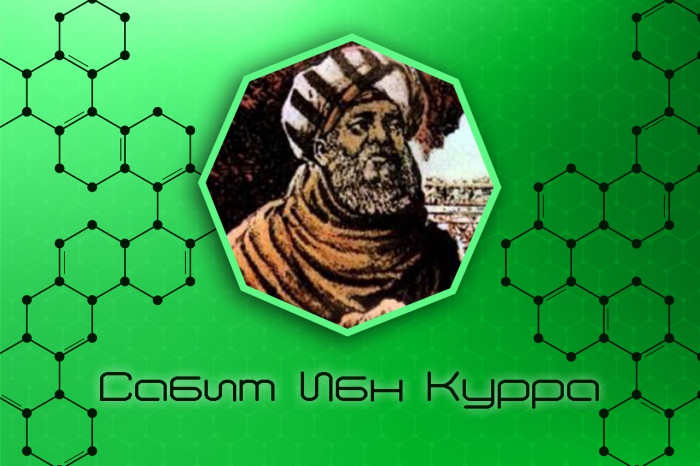
Ibn Qurrah was born in 836 A.D. in Harran, modern-day Turkey. He made a significant contribution to many fields of science, in particular mechanics, mathematics and astronomy. At the young age, he went to Baghdad in orde to join a scientific group, where he gained knowledge from famous Banu Musa’s brother. He wrote many texts, among which many works on mathematics, mechanics and astronomy have been preserved. In mathematics he discovered the expansion of the real number system - positive real numbers. In mechanics he became known as the “father of statics”, and in astronomy he became one of the first reformers of the Ptolemaic system. Ibn Qurrah has really deserved to be among the greatest Muslim scholars of the world.
Ibn al-Haytham
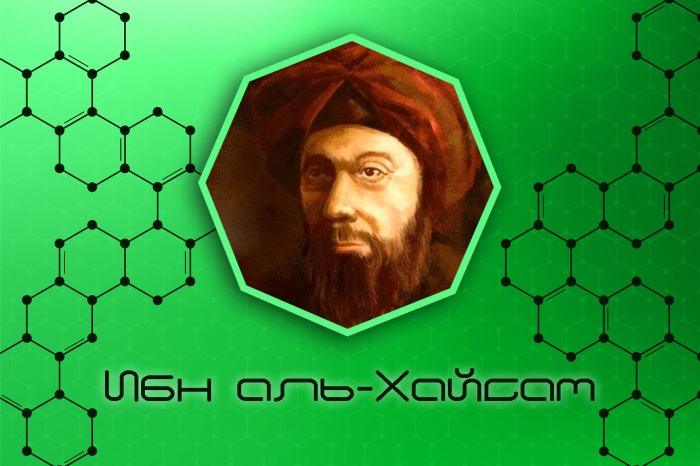
How can our eyes show us the world around us? Scientists had been trying to answer that question since Aristotle’s times. At first, Aristotle laid his theory of visual perception, and then Euclid laid his one. However, both scientists turned out to be wrong, when al-Haytham published his “Book of Optics”. In that book he proved that that vision was first reflected on an object and then directed to the eyes that made the object visible. Not only did he hypothesize it, but he also proved it through experiments.
During his experiments, he invented the camera obscura, the world’s first device.
Ibn al-Haytham was an astronomer, mathematician and physicist. He was born in the small village of Basra, modern-day Iraq, in 956 A.D. He was a nobleman's mentor in Basra and was also given an administrative post, which he later left voluntarily. He left Basra and settled down in Cairo, where he wrote his famous book on optics “Kitab al-Manazir”, which was a huge success in both society and scientific circles. In addition to this work, al-Haytham wrote about 200 treatises on science, among which only 50 have survived, the rest were lost.
The inventions:
The author of “Kitab al-Manazir”;
Invented the obscura camera.
Al-Zahrawi
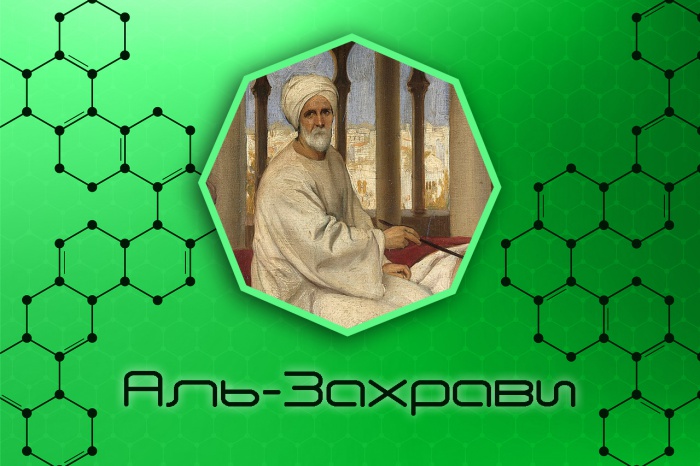
Al-Zahrawi was a Muslim surgeon, who was born in Medina Azahara, the territory of modern-day Spain. At that time it was a part of the Islamic state. He was a famous surgeon of the Middle Ages in Europe and also the physician to Spanish King Al-Hakam II.
He is mostly famous for his original work on surgery encyclopedia “Kitab al-Tasriff”, which had been considered to be a standard reference book in medicine for 500 years. “Al-Tasriff” consists of thirty volumes, covering various aspects of medical science. The encyclopedia is based on Zahrawi's decades-long surgeries. In addition to it, al-Zahrawi was also an inventor of several surgical instruments, such as an urethral examination tool and others.
The inventions:
“Al-Tasriff”, the encyclopedia on medicine and surgery.
Ibn-Sina (Avicenna)
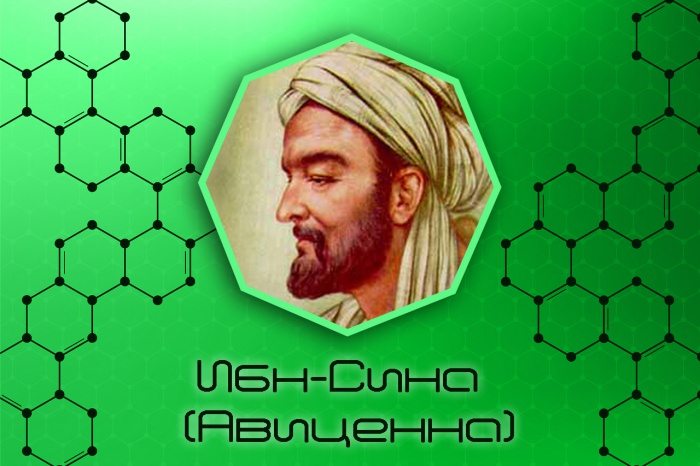
Ibn-Sina (Avicenna) was born in Bukhara, modern-day Uzbekistan, in 980 A.D. He is famous for being the greatest philosopher of the Islamic culture. He wrote almost about everything: about physics, mathematics, geology and geography, astronomy, alchemy, Islamic theology, logic and poetry. He wrote 450 texts. More than 240 have been preserved. The majority of them devoted to philosophy.
Ibn-Sina also made a contribution to medicine in the best way possible. He wrote many books on medicine. His encyclopedia “The Canon of Medicine” has become a standard medical book in universities. His other encyclopedia “The Book of Healing” on philosophy became famous in medieval times. In chemistry, he invented and distilled steam and produced essential oils.
The inventions:
“The Canon of Medicine”;
“The Book of Healing”;
Steam distillation.
Jabib ibn Hayyan
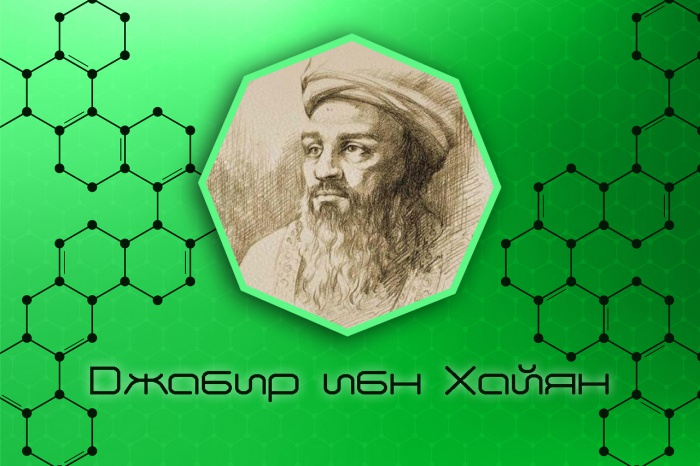
The most influential alchemist of all time, Jabib ibn Hayyan, was born in 721 A.D. in Tus, modern-day Iran. It is considered to be that when he was young, he was a student of Jafar Sadiq, a prominent figure of Islam. Ibn Hayyan was a Muslim scholar-erudite. He wrote a lot of works on different fields of science, such as chemistry, alchemy, philosophy, geography, astronomy, physics and engineering. His work on chemistry and alchemy laid the foundations of modern chemistry, so he is called the "father of chemistry".
He took experimental chemistry to a new level, perfecting several experiments: incineration, crystallization, distillation, sublimation and evaporation.
He wrote 2000 treatises and articles, but it is worth mentioning that the majority of them were written by his followers, not by him. In his further life Hayyan was placed under house arrest by Caliph Harun-Rashid, where he died in 803 A.D.
Al-Khwarizmi
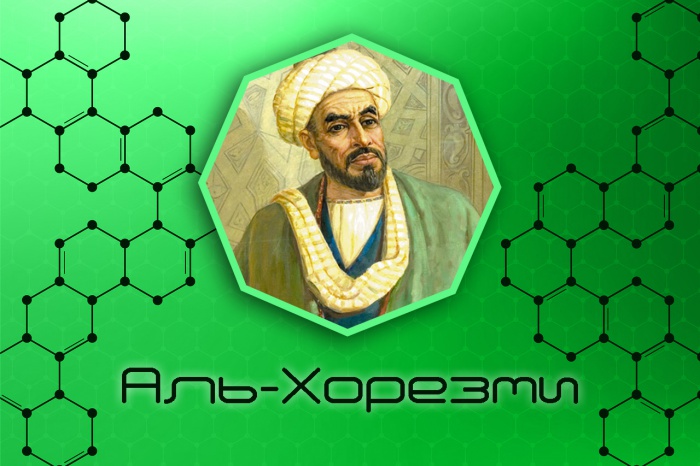
Al-Khwarizmi is a mathematician who was the first to give a definition to algebra. He is mostly known as the “father of algebra”. He was born in Baghdad in 780 A.D. At the time of the Abbasid Caliphate, he worked at the Baghdad “House of Wisdom”, where he translated Greek philosophical and scientific works. It was here where he published his most famous book “al-Kitab al-mukhtasar fi hisab al-jabr wal-muqabala” from which the term "algebra" originated. Al-Khwarizmi published that book for studying, as it was the first case when the book could systematically define algebraic linear and quadratic equations.
He introduced not only algebra but also Hindu-Arabic numerals (integers). Besides, his works on geography and astronomy are also of great importance.
Muhammad ibn Zakariya al-Razi
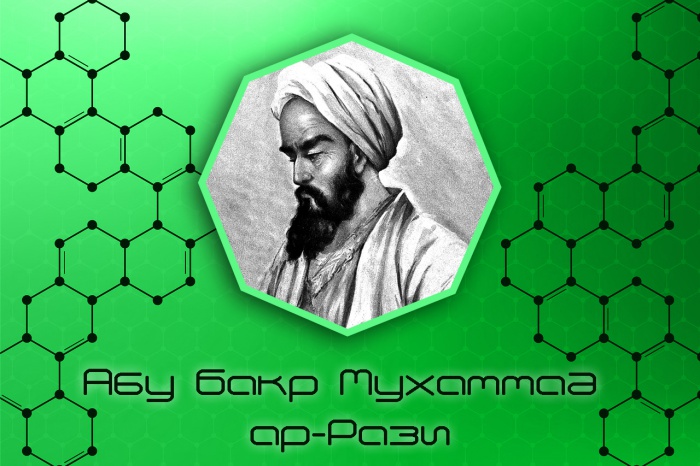
When it comes to medicine, the name al-Razi is immediately mentioned. He was a very famous physician of the Middle Ages. Besides medicine, his contribution to chemistry should not be underestimated. He has many titles, such as the first best physician in the world, the father of physiology (not modern physiology), the father of psychotherapy and father of pediatrics. In addition to it, he wrote 200 books on different sciences, the half of which was devoted to medicine. His works and treatises were a part of educational program of the Western University. His book on medicine “Kitab al-Mansuri” is one of the two most influential medical books of the Middle Ages. It is interesting that both those works were written by al-Razi. Another book by al-Razi is a comprehensive encyclopedia on medicine, which was successfully published under the Latin name of Liber Continents.
Have you ever had smallpox and measles? It was al-Razi who was the first to recognize the disease and give you the most reliable treatment at the time. He was awarded the title of Doctor of Medicine for his great contribution to the medical field. Indeed, he was the greatest Muslim scholar.
Ilmira Gafiyatullina
